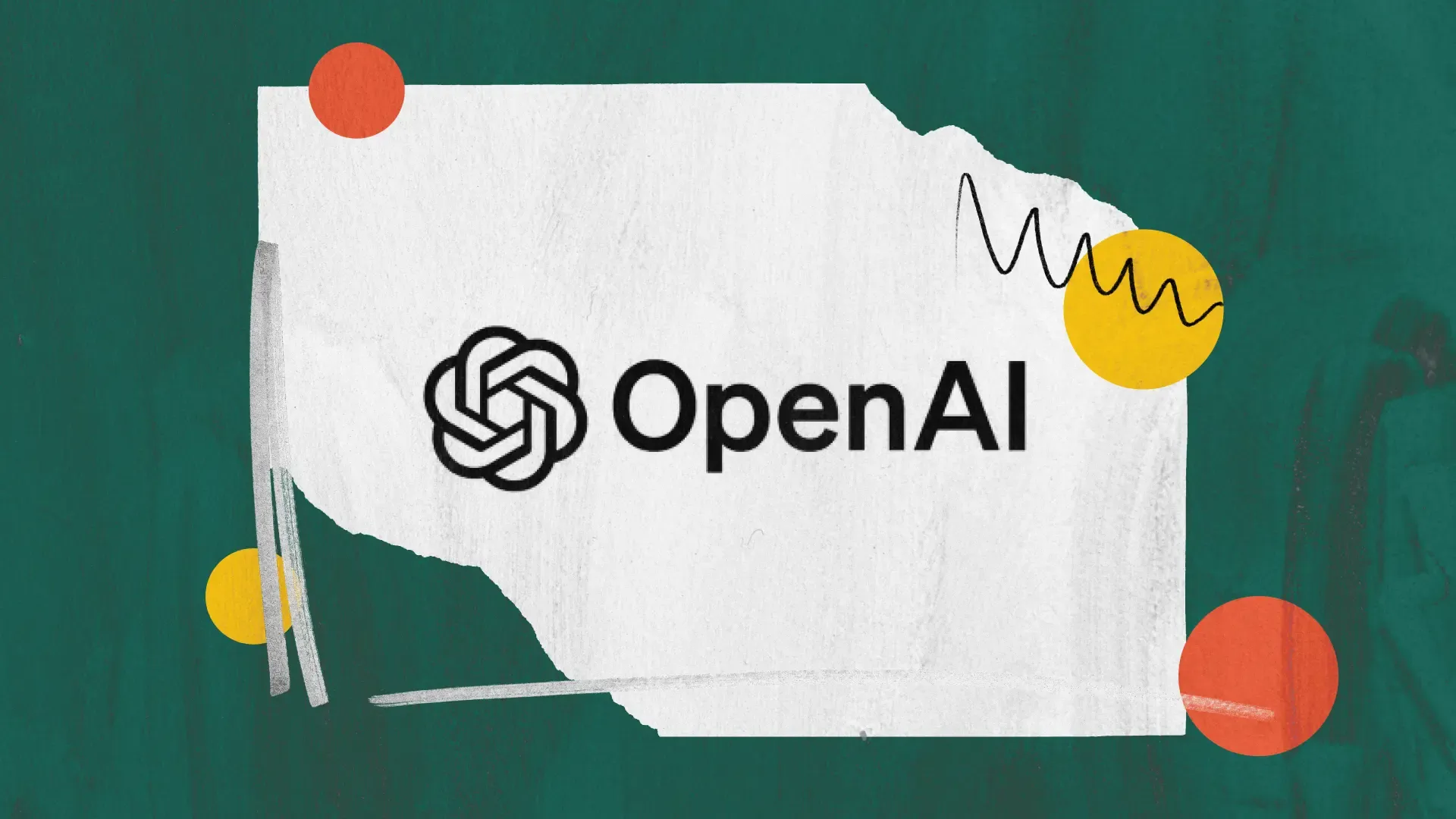Over the years, many businesses need to pay more attention to the significance of the user onboarding process. Do you want your customers to tap your service repeatedly? That would be a definite yes. For example, you own a subscription-based software business. Of course, you want your customers to continuously renew their subscriptions and prevent them from switching to a competitor. Your onboarding process will play a crucial role in keeping your customers.

User onboarding is among the crucial parts of the customer journey. It sets the tone for everything between you and your customer. It is the first thing a customer will go through in their engagement with you. Your onboarding process will primarily define your customer's first impression, essential in today's business arena.
If your onboarding process gives them a positive impression, they will likely continue doing business with you. If your customers had a negative onboarding experience, they would probably switch to another business for their needs.
Any business would want to keep their existing customers to do business with them. If you are running a subscription-based company, you want your current subscribers to continue their subscriptions.
The Onboarding Process Is Important
Your user onboarding process plays a significant role in customer retention. Like many entrepreneurs, you might have yet to notice that your existing customers are your primary source of revenue.
Your user onboarding experience could leave a positive or negative impression. A successful onboarding process will satisfy customers who repeatedly renew their subscriptions.
You could define onboarding as a step-by-step process to guide customers through the initial stage of using your software. However, for those using your SaaS products, it is more than a process—it is a journey. A positive user onboarding experience can help turn your customers into your business advocates.
User onboarding is a retention lever, an aspect important to your business. ProductLed emphasized in one of its blogs that “retention starts with user onboarding.”

ProfitWell conducted a 2019 study covering 500 software products for B2B and B2C businesses. They found that the onboarding experience can boost customers' willingness to pay. The report explained that customers with positive onboarding experiences are 12% to 21% more willing to pay, while those with negative onboarding perceptions drop their willingness to pay by 3% to 9%.
It only shows that your user onboarding process will be crucial in customer retention and generating more revenue from existing customers.
Tailoring the Onboarding Process
It is a common mistake of businesses to treat all their customers the same when going through the onboarding process. A cookie-cutter approach to the user onboarding journey is bound to fail. It would be better to tailor your onboarding process to the needs of each segment of your customers. A segment of your customers might have needs distinct from those of another group.
CommandBar pointed out that even if the software has some feature deficiencies, 65% of the customers will still try if the software has a “good onboarding experience.” That statistic tells you a lot. Functionality is only a part of the equation. If users are having a hard time navigating your tool, how much functionality it can offer no longer matters to customers
When dealing with customers, it is essential to prioritize their needs. A one-size-fits-all approach might not deliver the right services for their needs. By making each process more personalized, you enhance the customer experience that will keep them returning to your business.
One way to create a good onboarding experience is to create a tailored user onboarding experience. You design your onboarding process to guide your users in creating tailored experiences considering their specific needs, roles, etc.
Understanding Your Customer
Before designing a tailored onboarding process, you must understand your customer first. Your customers will be using it, so it is essential to know what they want. What difficulties are they facing when it comes to onboarding? What are their pain points? Your customer's behavior will allow you to customize your onboarding experience around their needs.
Diversity
How diverse is your customer base? When you say diversity, it encapsulates various experiences and perspectives. It covers cultural identity, sexual orientation, race, age, socioeconomic status, and educational background.
When designing an onboarding process suited for a segment of your target customers, you can consider each aspect. For example, you could tailor one process for tech-savvy users and another for digitally challenged users.
By recognizing the diversity of your customer base, you can develop onboarding strategies that are tailor-fit for each segment of your customers.

According to FasterCapital, you can start understanding your customer base through demographic analysis, which involves collecting and analyzing the demographic composition of your customers, such as their location, gender, age, and spending habits.
You can also analyze your customers' behavior to design a more personalized onboarding experience. Machine learning can help you recommend content or subscription plans that suit your customers' needs.
It would be advantageous if you had a background in psychology since understanding your customer is all about reading their behavior. Most useful associates degrees in psychology are available online, so you can enroll in them even if you are busy with your work.
Segmentation
Classifying your customer base into distinct groups or segments is a strategic move to create a tailored onboarding process. This approach can increase engagement and retention.
FasterCapital highlighted some of the ways to do segmentation in onboarding. One is demographic segmentation, which is the most common, wherein you categorize your customers according to their industry, job title, location, and age.
Another is technographic segmentation, wherein you group them according to the devices they are using or their technical aptitude. For example, individuals using basic devices might need more guided onboarding, while those using high-end devices might be more tech-savvy and inclined to self-guided onboarding.
There is also the needs-based segmentation, wherein you group your customers according to the problem that a product solves. This usually leads to highly customized onboarding because a tool might solve different problems for different user groups. For example, project management software might offer a particular set of features to team leaders and another for freelancers.
Further, the onboarding process can be role-specific. For example, project managers are more focused on features related to setting up a new project, task assignments, setting timelines, progress tracking, and inviting team members. On the other hand, executives are more interested in learning how to extract reports and generate insights from the software.
Designing Tailor Onboarding Process
Making your onboarding process user-specific can convey a message that the software was specifically designed for their needs. It will also create a more personalized onboarding journey, increasing users’ engagement and satisfaction with the tool.
Here are some steps on how to tailor an onboarding process:
- Identify and categorize your users into distinct segments. For instance, you could group them based on their roles: one group for project managers and another for top executives. You can also categorize them as tech-savvy or digitally challenged.
- Define your objective for each segment. For example, novice users aim to learn the tool's basic functionality, while power users seek to access the tool’s advanced features more quickly.
- Build a personalized onboarding sequence for each segment. You could use your users' learning curve to design their onboarding path. For example, less experienced users might go through a more comprehensive step-by-step procedure, while tech-savvy users can receive a how-to guide on accessing the advanced features.
- Get feedback from the users through surveys and analytics on their software usage. These insights will help you re-evaluate your onboarding process.
- Continuously refine the onboarding process flow by using the insights you have collected from the feedback mechanism to enhance the user onboarding experience.
- Leverage technology to create a customized onboarding process. You can tap AI and machine learning to predict your customer's needs before they arise and incorporate them into the process to make the onboarding journey more personalized.
Conclusion
A tailor-made onboarding process could be the cornerstone for building a good relationship with your users. Today, user experience revolves around personalization or a highly customized process that reflects your customer's needs.
Hence, a one-size-fits-all or a cookie-cutter approach to the onboarding journey will stay within customers' expectations, which might convince them to try another tool. Role-based onboarding will significantly keep your customers engaged and satisfied by offering them a tailored onboarding experience that caters to their needs.

















